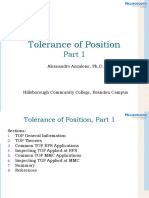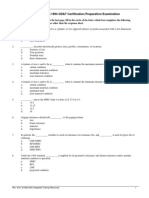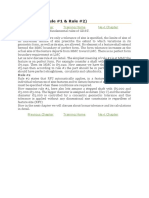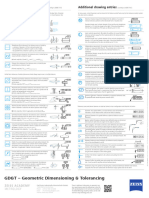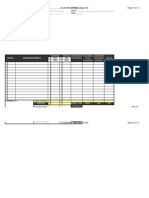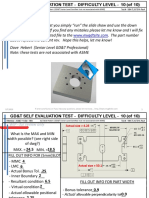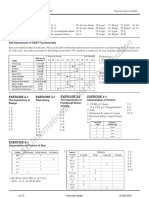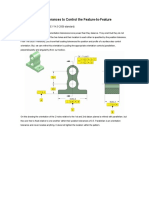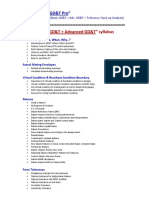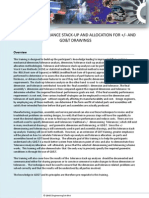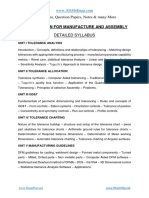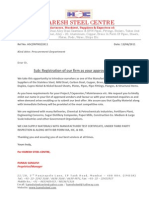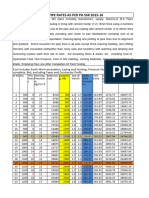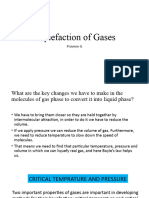0% found this document useful (0 votes)
362 views2 pagesTolerance Stack-Up Analysis Course
The two-day course teaches tolerance stack-up analysis using coordinate dimensioning and geometric dimensioning and tolerancing (GD&T). It aims to help designers predict and solve assembly issues, evaluate proposals, and increase understanding of GD&T. Participants will learn to calculate stacks for single parts and multi-part assemblies, create vertical and horizontal loops, analyze assemblies with fixed and floating fasteners, and perform single part analyses. Examples will cover topics like minimum and maximum gaps, interference calculations, and applying assembly conditions.
Uploaded by
Nishad PkCopyright
© © All Rights Reserved
We take content rights seriously. If you suspect this is your content, claim it here.
Available Formats
Download as PDF, TXT or read online on Scribd
0% found this document useful (0 votes)
362 views2 pagesTolerance Stack-Up Analysis Course
The two-day course teaches tolerance stack-up analysis using coordinate dimensioning and geometric dimensioning and tolerancing (GD&T). It aims to help designers predict and solve assembly issues, evaluate proposals, and increase understanding of GD&T. Participants will learn to calculate stacks for single parts and multi-part assemblies, create vertical and horizontal loops, analyze assemblies with fixed and floating fasteners, and perform single part analyses. Examples will cover topics like minimum and maximum gaps, interference calculations, and applying assembly conditions.
Uploaded by
Nishad PkCopyright
© © All Rights Reserved
We take content rights seriously. If you suspect this is your content, claim it here.
Available Formats
Download as PDF, TXT or read online on Scribd
/ 2




